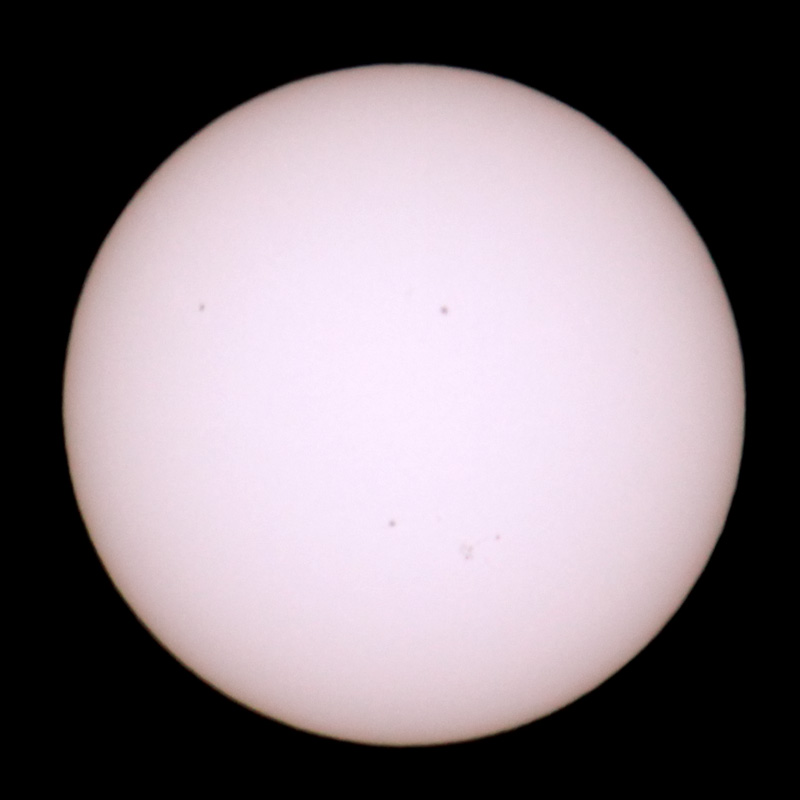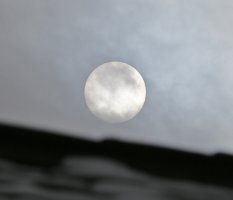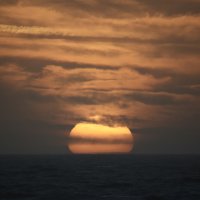Never having shot the nearest star... I would like to know if using a ND100 to ND1000 infront of a 100-400L would be enough to shield the optics/sensor from thermal runaway.
For those that have done it before, what settings are recommended? I would like to capture some sunspots if it is possible. How long an exposure would I need?
For those that have done it before, what settings are recommended? I would like to capture some sunspots if it is possible. How long an exposure would I need?





